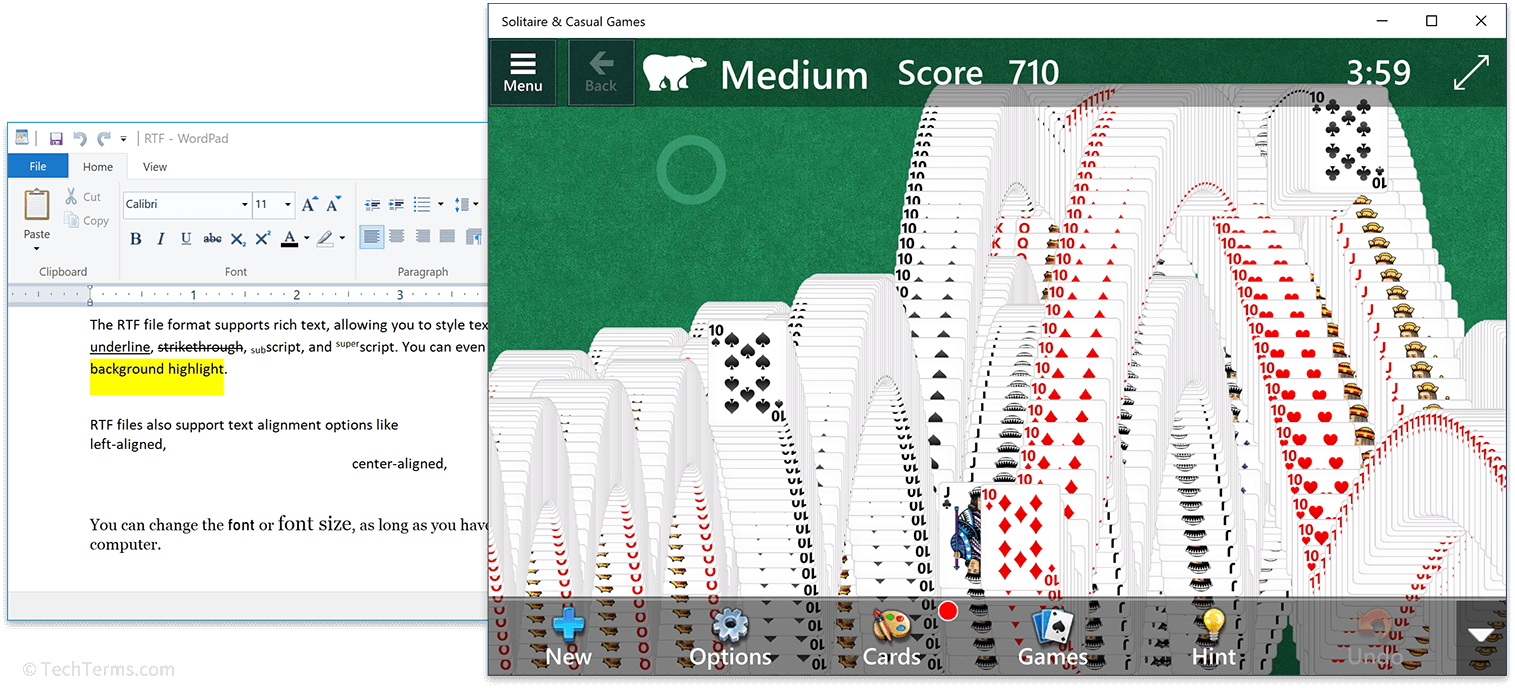Software
Software is a catch-all term for the programs and applications that run on a computer. Software programs act as the instructions that tell a computer's physical components, known as its hardware, what to do. It is made by software developers, who write the underlying source code in one of many programming languages before compiling software into executable files that a computer can understand.
Software is virtual, with no tangible physical element. It exists solely as digital data on a computer's storage disk and is loaded into system memory when executed. Software typically accepts some form of input from the user, performs some function or process based on that input, then returns output for the user's benefit. Since it is digital data, software is easier to modify or upgrade than hardware.
There are two main categories of software: system software and application software. System software directly controls the hardware, consisting of the computer's operating system, BIOS, and device drivers. It provides a platform on which application software can run. Application software provides extra utility beyond the computer's basic operations and helps a computer's user accomplish their tasks. Word processors, image editors, media players, games, web browsers, and email clients are examples of application software.

You can install new software to customize your computer's capabilities to meet your needs. Installing software puts all of a program's files and resources in the right place and tells the operating system that it is available to open certain file types. Historically, you would install software from physical media, like floppy disks, CD-ROMs, or DVD-ROMs. However, most software is now distributed online through App Stores and other software downloads.
Software is made available to users through some form of use license. Commercial software requires payment in exchange for the software, either through a one-time purchase or a subscription. Free software is available without payment, supporting the developer through voluntary donations or in-app advertisements. Open source software is also typically available for free along with its source code, allowing anyone to contribute by improving it — adding new features, squishing bugs, or improving performance.
 Test Your Knowledge
Test Your Knowledge